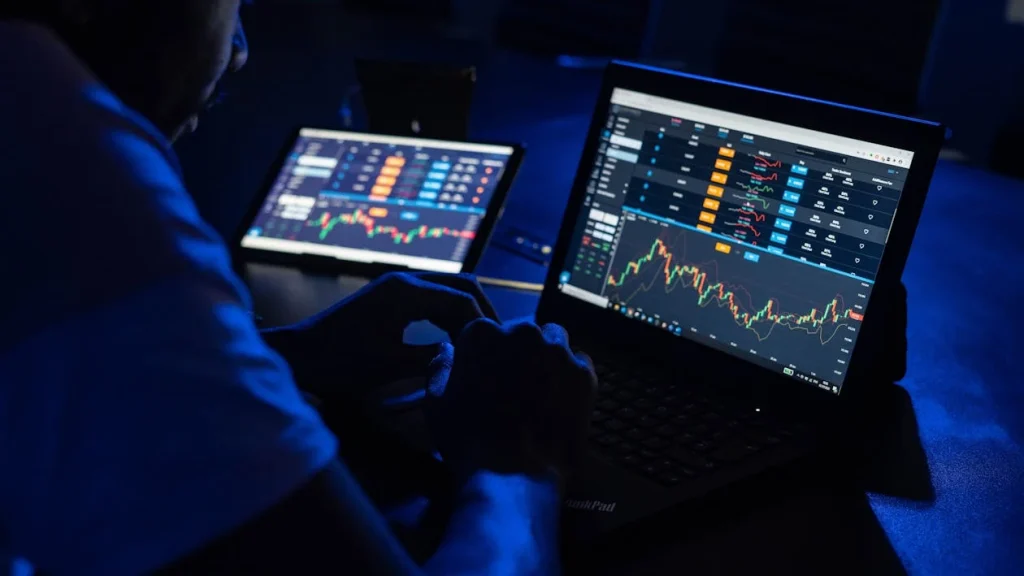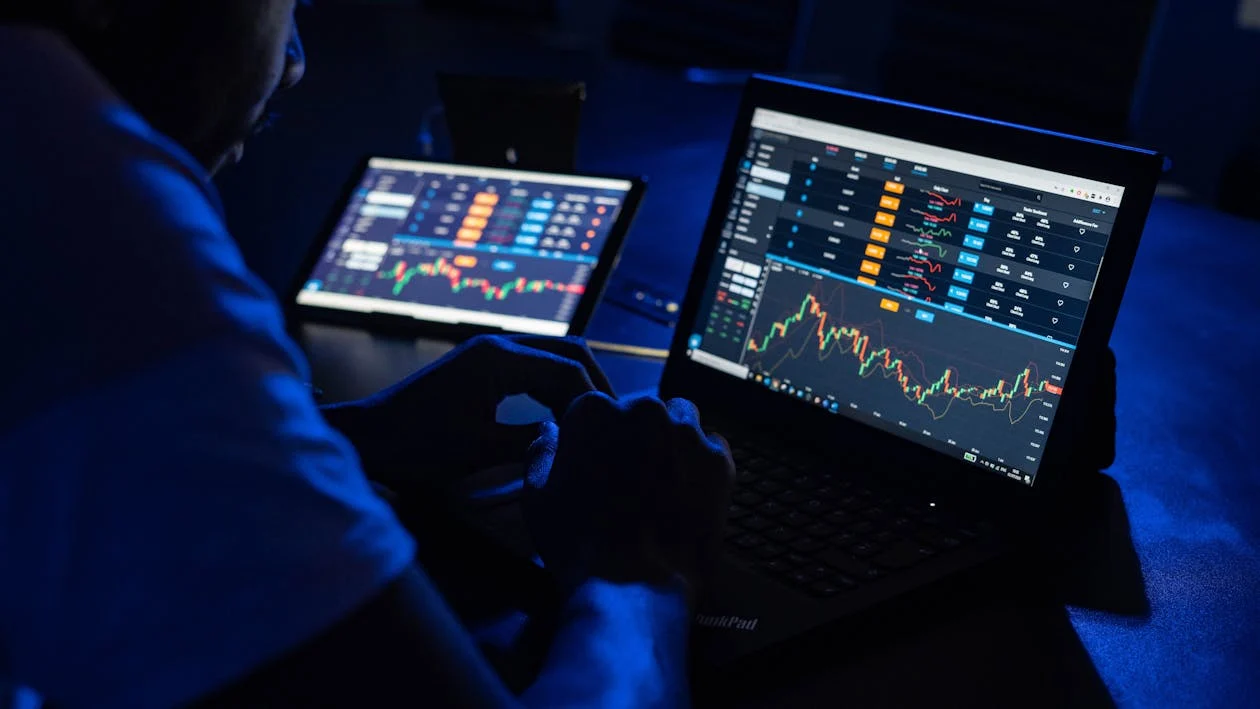Understanding the Language of Forex: Essential Terms Every Beginner Should Know
The Forex market can seem overwhelming at first, especially with all the technical jargon and unique terms used by traders. But mastering this language is your first step toward becoming a confident and informed trader. This guide covers the most important Forex trading terminology that every beginner needs to understand.

What is Forex?
Forex, or foreign exchange, is the global market where currencies are traded. It operates 24 hours a day, five days a week, and is the largest financial market in the world. Traders aim to profit from the fluctuations in exchange rates between currency pairs.
Key Forex Terms Explained
1. Currency Pair
Forex trading is always done in pairs, such as EUR/USD or GBP/JPY. The first currency is the “base” and the second is the “quote” currency. If EUR/USD = 1.1000, it means 1 Euro equals 1.10 US Dollars.
2. Bid and Ask Price
The bid is the price at which you can sell a currency pair, while the ask (or offer) is the price at which you can buy. The difference between the two is known as the spread.
3. Spread
The spread is the broker’s fee, built into the price difference between the bid and ask. A tighter spread means lower transaction costs.
4. Pips
A pip (Percentage In Point) is the smallest price move in Forex, usually the 4th decimal place. If EUR/USD moves from 1.1000 to 1.1005, that’s a 5-pip movement.
5. Lots
Forex is traded in lots. A standard lot is 100,000 units of the base currency. There are also mini lots (10,000 units) and micro lots (1,000 units). Your lot size affects both risk and profit.
6. Leverage
Leverage allows traders to control larger positions with a smaller amount of capital. For example, 1:100 leverage means $1,000 can control $100,000. While it can amplify gains, it also increases losses.
7. Margin
This is the amount of money required to open a leveraged position. If your broker offers 1:100 leverage, and you want to trade a $100,000 lot, you need $1,000 in margin.
8. Stop-Loss Order
A stop-loss is a risk management tool that closes your trade automatically if the market moves against you beyond a set level. It helps protect your capital.
9. Take-Profit Order
This order automatically closes a trade when it reaches your target profit level. It allows you to lock in gains without needing to monitor the trade continuously.
10. Long and Short
“Going long” means buying the base currency expecting it to rise. “Going short” means selling the base currency expecting it to fall.
11. Slippage
Slippage occurs when your order is executed at a different price than expected, often during high volatility or news events.
12. Volatility
This refers to how much the price of a currency pair moves. High volatility means bigger price swings, which can mean higher risk and reward.
Why Understanding Forex Terms Matters
Trading without understanding basic terminology is like flying a plane without learning to read the instruments. It leads to confusion, mistakes, and losses. By mastering these terms, you can read charts, use trading platforms, and apply strategies more effectively.
Quick Tips for Beginners
- Start with a demo account to practice risk-free
- Keep a trading journal to track and reflect on trades
- Use stop-losses and proper position sizing from day one
- Never stop learning—forex education is ongoing
Recommended Next Steps
Once you’re familiar with these basic terms, the next step is learning about technical analysis, trading strategies, and risk management. Forex is a journey, and every successful trader started by learning the language of the market.
